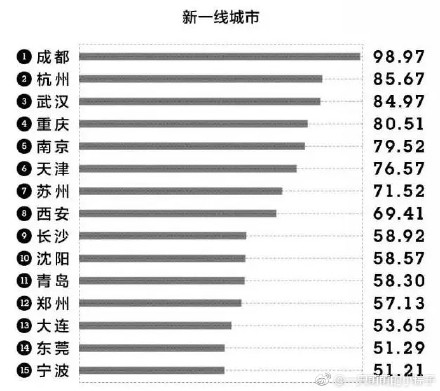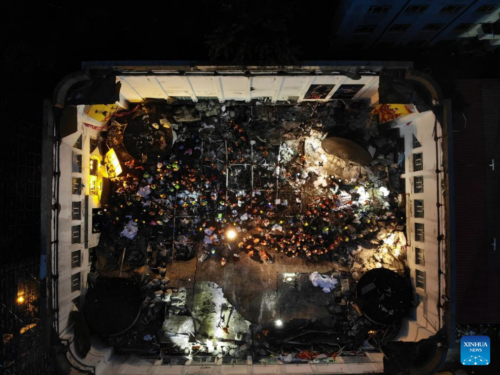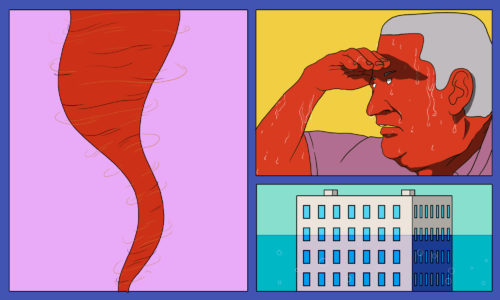Second-tier cities offer cheap housing to attract young talent
A summary of the top news in Chinese society and culture for October 19, 2017. Part of the daily The China Project newsletter, a convenient package of China’s business, political, and cultural news delivered to your inbox for free. Subscribe here.

“As the real estate bubble in top-tier cities started to deflate, second-tier cities saw the potential of a property boom by attracting these fresh graduates to come and buy houses.”
“They should think more about luring big enterprises to open offices there.”
These two comments (in Chinese) are examples of the critical attitudes of many internet users to the news (in Chinese) that second-tier cities in China are attempting to attract new college graduates across the country by offering preferential policies on household registration, property purchases, and entrepreneurship.
According to Sixth Tone, in order to compete with major cities such as Beijing and Shanghai, which are popular job markets for Chinese graduates, smaller cities such as Wuhan and Nanjing have announced plans to lure not only high-tech talent, but the whole population of 8 million college students who are going to graduate next spring.
For example, Changsha, the capital of Hunan Province, promised no thresholds on household registrations for fresh graduates, with a goal to attract 1 million of them in the next five years. In Wuhan, the capital of Hubei Province, about 3,600 “talent apartments” will be offered to graduates while a 20 percent housing discount is under consideration.
Though Chinese top-tier cities with their abundant job opportunities are traditionally attractive to fresh graduates, they are notorious for their sky-high housing prices and restrictive residence permit systems. A recent survey by two job-hunting platforms, Zhaopin 智联 and Liepin 猎聘, shows that more than 37.5 percent of graduates in 2017 expressed willingness to work in second-tier cities, compared with 29.9 percent for top-tier cities.
- Sports
China’s young tennis aces court colleges, pro status / Sixth Tone - Education
Shanghai wins ‘vocational Olympics’ bid / Sixth Tone
Chinese school sends its pupils to ‘hardship boot camp’ to teach them self-reliance / SCMP - Parenting
How the Two-Child Policy shapes kids’ names / Sixth Tone - Food
With new eateries, Fujian county competes with its own diaspora / Sixth Tone
Noodle shop gives over 20,000 free breakfasts to street sweepers / Shanghaiist - Indian culture and business
This Diwali, Chinese firework makers see little to celebrate / Sixth Tone - Internet celebrity
62-year-old street sweeper moonlights as internet-famous guitarist / Shanghaiist - Africans in China
New documentary portrays nuanced view of Africans’ experience living in China / China Africa Project






